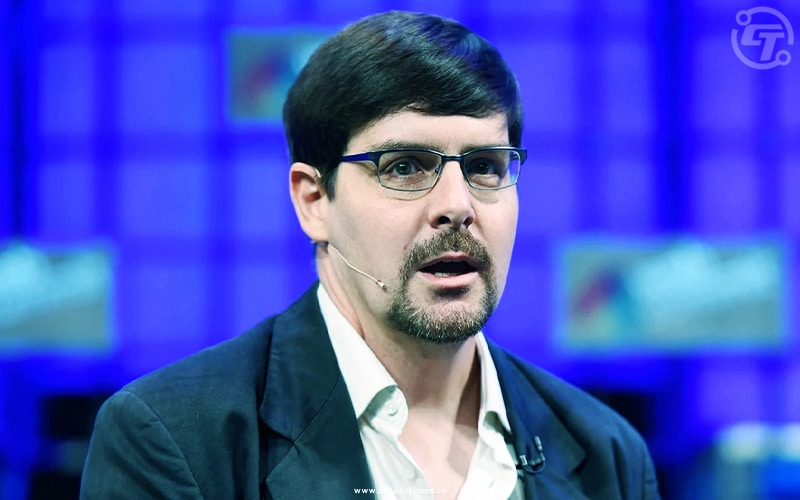The Bitcoin network’s transaction backlog, also known as the mempool, still contains over 390,000 unprocessed transactions awaiting miners’ approval. To clear the mempool, miners need to process more than 190 blocks. Unfortunately, the network is facing scalability issues, causing delays in processing transactions.
Recently, there has been a conversation between Gavin Andresen, a Bitcoin developer, and Satoshi Nakamoto, the network’s creator, about the software’s scripting language. Andresen expressed his concern about the language, which made him nervous, as there could be ways to abuse the scripts-in-a-transaction scheme. The conversation highlights the need for ongoing improvement and development of the Bitcoin network to address these scalability and security issues.
Almost 13 years ago, on June 17, 2010, Satoshi Nakamoto and Bitcoin developer Gavin Andresen discussed the inventor’s brainchild. Andresen showed a strong interest in the project and worked on a tool to analyze wallet data to better understand how Bitcoin works. During their conversation, Andresen expressed his unease with Bitcoin’s scripting language.
Nakamoto often references his response to Andresen’s concerns, emphasizing that he established Bitcoin’s core design for its entire lifespan. In the forum post, he stated, “Because the nature of Bitcoin is such that once version 0.1 was released, the core design was set in stone for the rest of its lifespan, I wanted to design it to support every possible transaction type I could think of.”
While discussing the topic, Andresen presented a hypothetical scenario where someone could flood the Bitcoin network with millions of transactions to share a Lady Gaga video with their friends. Nakamoto responded by explaining that transaction fees were one way to prevent such an occurrence. He also noted that other measures could be taken if necessary.
Nakamoto also disclosed that he had crafted numerous transaction types long before his conversation with Andresen. “Years ago, I designed the design to support a tremendous variety of possible transaction types: escrow transactions, bonded contracts, third-party arbitration, multi-party signature, and so on. If Bitcoin catches on in a big way, we’ll want to explore these things in the future, but they all had to be designed at the beginning to ensure they would be possible later,” the anonymous inventor said.
Various transaction types are causing some people to express worry as the Bitcoin network remains congested. The popularity of BRC20 tokens and Ordinal inscriptions has drawn criticism from many people. The 380,000 transactions in the mempool that are awaiting confirmation by miners have not yet found a solution, despite the fact that developers are actively discussing the issue. However, the exchange between Nakamoto and Andresen sheds light on the creator’s belief in Bitcoin’s capacity to deal with problems like flooding the network with countless transactions to share a Lady Gaga video.






